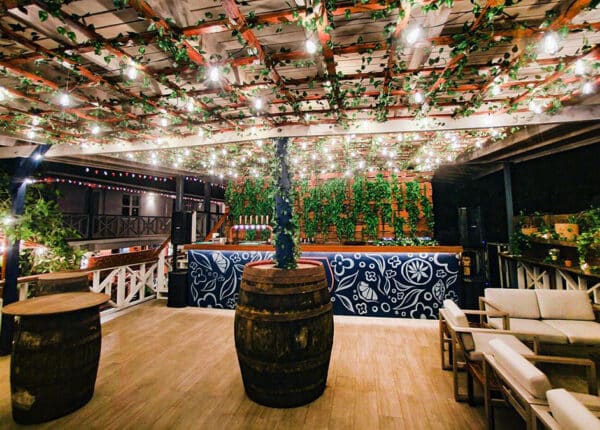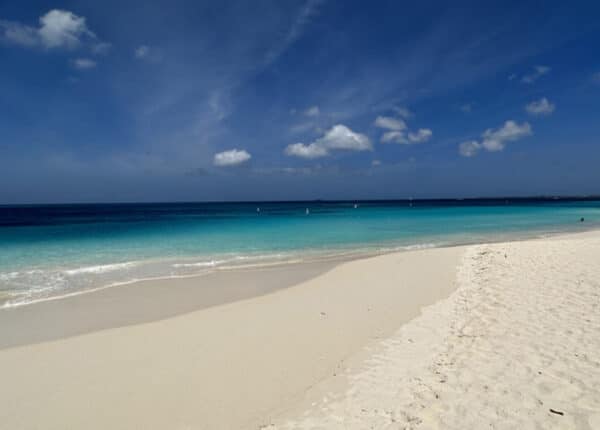Op-Ed: Hyatt’s Carlos Cabrera on the Future of Caribbean Hotels
By Carlos Cabrera
Op-Ed Contributor
When asked about Hyatt’s strategy to enhance its distribution during the company’s Q1 earnings call in May, Mark Hoplamazian, President and CEO of Hyatt Hotels Corporation, specified that expanding the Hyatt Resort presence was one of three key areas in the future growth strategy of the global company.
When looking at the Caribbean specifically, this region plays very nicely to Hyatt’s goal with its close proximity to North America, coupled with its cultural diversity to attract tourists from Europe, Canada and Latin America. Furthermore, as Hyatt seeks out new development partners and interested ownership groups, tremendous development opportunity exists in the Caribbean for new global emerging markets such as China. Overall, the weather, beaches, and rich cultural offerings continue to make the Caribbean a popular destination and one with a positive future.
Despite the current appeal of the Caribbean to Hyatt, the region has not always been an easy place for resorts to operate. Hyatt’s experience in the Caribbean began in the mid-1980s as it entered the market with the purchase of two legendary properties in Puerto Rico: Dorado Beach and Cerromar. Throughout the 1990s, while these properties continued to develop and thrive, Hyatt increased its presence with four additional properties on Grand Cayman, Aruba, St John, and St Lucia.
At this point, Hyatt’s honeymoon phase with the Caribbean faded due to various reasons, including the sale of properties (Dorado, Cerromar, and St Lucia) and hurricanes (Grand Cayman).
Today, Hyatt only has three properties in the Caribbean: Hyatt Regency Aruba, Hyatt Regency Trinidad, and Hyatt Regency Curacao.
In addition to the obstacles noted above, operating in the Caribbean teaches you that the islands are not your average place to manage a resort. Operators face myriad challenges that come with the Caribbean, including airlift (or lack thereof) and very high operating costs concerning items such as food, electricity and operating supplies.
The lack of sufficient flights delivering travelers to a destination, or the lack of affordable seats, especially during this cost-conscious time for hesitant travelers, may be all that it takes to cause instability on an island and, ultimately, failure for business.
Through strong partnerships forged from networking and extensive communication between businesses, local government, airlines and wholesalers, lift issues can be aggressively tackled. While 2010 saw American Eagle eliminate 58 percent of its flights in the region, 2011 saw new routes and flights gained from Jet Blue to numerous Caribbean locales.
Hoteliers should continue to establish new and improve on old relationships to consistently address the airlift requirements of the region. This includes tackling issues such as the Air Passenger Duty tax imposed by the United Kingdom’s government on flights originating from UK airports.
In terms of addressing operating costs, controllable energy expenses should be at the forefront in the minds of every hotel manager. As reported by PKF’s Caribbean Trends in the Hotel Industry 2011 Edition, utility expenses for Caribbean resorts were 85.6 percent higher than at comparable US resorts.
Hotels should prioritize investments in new technologies to alleviate some of the expense burden that comes with the out-of-the-way destinations with no access to affordable energy.
For example, Hyatt Regency Aruba recently implemented a variety of solutions which include solar panels, state of the art chillers, variable frequency drive (VFD) technology, and new building automation systems. With these capital investments, energy expenses can be mitigated by as much as 30 percent with significant returns on capital investments and short payback periods.
With everything that Hyatt has learned from its 27 years of operations throughout the Caribbean, as the company looks forward, its Caribbean outlook remains very bullish and appealing.
Hyatt Regency Aruba is a Hyatt-owned resort that has been a high-performing property for over 22 years with a strong repeat clientele. It is this type of experience that reinforces the opportunities the Caribbean represents, and one that Hyatt intends to duplicate in the future.
As an example of this, Hyatt now has a signed deal for a 710-room Grand Hyatt in the Bahamas which is part of the 1,000-acre, $3.4 billion Baha Mar project, which will feature four resorts comprising 2,250 guestrooms, 200,000 square feet of meeting space, a 100,000 acre casino, a retail village, a water park, three unique spas and an 18-hole Jack Nicklaus Signature golf course. There is also a signed deal for a Hyatt Regency project in Cap Cana, Santo Domingo.
Altogether, there is no shortage of interest in the Caribbean and this excitement is expected to continue as various parties try to gain increased distribution across this important market.
Carlos Cabrera is the senior vice president, field operations at Hyatt.
Note: the opinions expressed in Caribbean Journal Op-Eds are those of the author and do not necessarily reflect the views of the Caribbean Journal.






